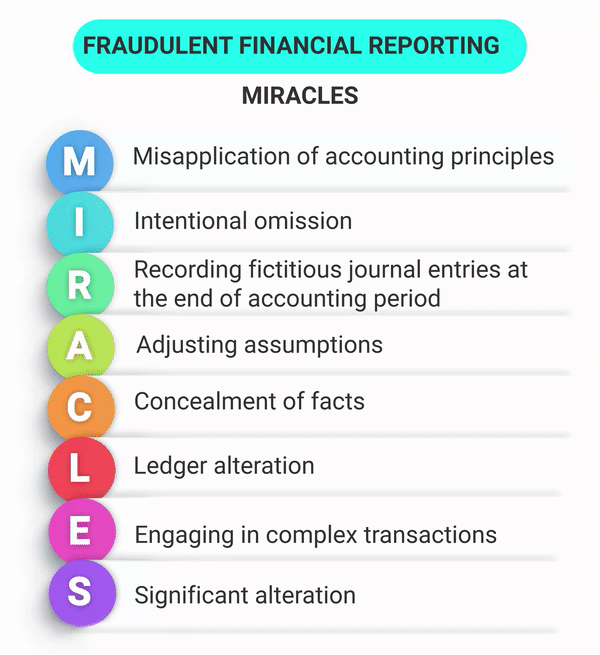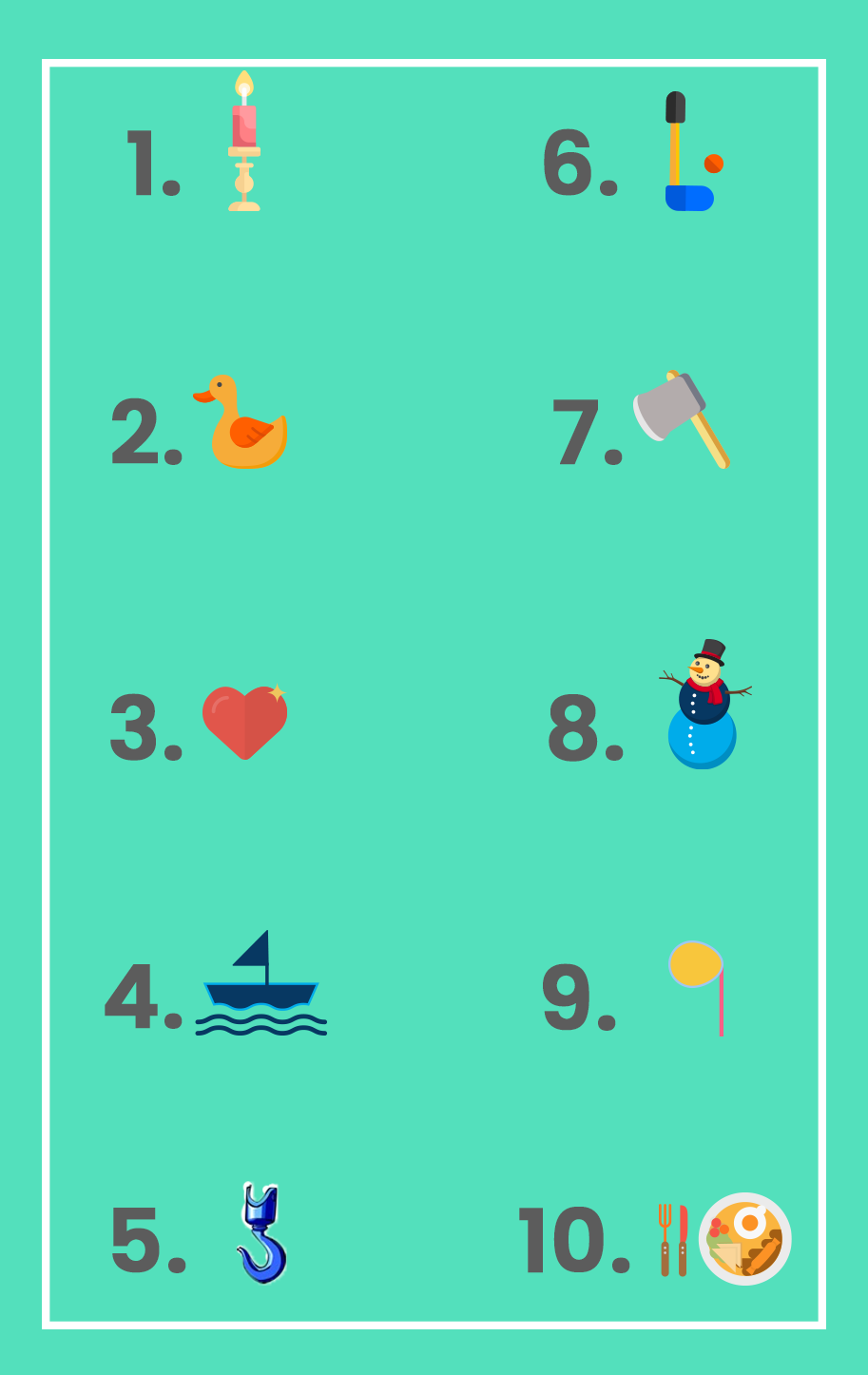5 Ways to Memorize Concepts for CA, CS and CMA exams!
by Swati, on 13 May, 2019 6:04:39 PM
Forgetfulness or the inability to retain information is only human. The way one person might react to a situation could be very different from how another might. There could be several reasons for this. Maybe what you heard, read or saw was trivial and didn’t have an adequate amount of impact on you. Maybe you remembered it temporarily and forgot about it moments later. Maybe the event or information had nothing to do with you. And there is absolutely nothing wrong with that.
However, there are times when you really need to memorize information and there’s no other option. This is especially true in the case of students of CA, CS or CMA exams. You might have to memorise concepts related to law. Section numbers, etc. Perhaps auditing standards. You can think of other examples ... And we’ve all been there. In fact, our brains are wired just as much to forget as they are to remember.
We can help you tackle your memorization problems. So without further ado, here are 5 ways to memorise concepts related to the CA, CS and CMA exams.
5 WAYS TO MEMORIES CONCEPTS FOR CA, CS AND CMA EXAMS!
Mnemonics
A mnemonic is a learning aid in the form of letters, patterns or links to help in memorizing a certain subject. Some good examples of mnemonics are ‘VIBGYOR’ to memorize the colours of the rainbow, or BODMAS to remember how to solve mathematical problems. You can make up your own mnemonics that will aid your through the exam season. Another way to memorize mnemonically is by making up a little song or jingle. An amusing and extremely catchy song comes to mind – the Periodic Table Song. If you haven’t heard it, there is a version of it on the internet. This is a classic example of a mnemonic and there are several others that’ll give you a better picture and help you create some of your own.
Vikas Oswal, one of our faculty best known for teaching auditing, makes use of several mnemonic devices to help you remember auditing concepts. For example, he came up with the mnemonic MIRACLES to help you remember what is involved in Fraudulent Financial Reporting:

Backwards Memorization
Have you ever played the ‘memory game’? This is something like that but in reverse. This is a really useful tool especially when you’re trying to memorize theory parts of your syllabus. At your level when there’s so much theory to be memorized, you can’t possibly learn every single line. So, here’s what you do - highlight some important points from every section and then try saying them in reverse. Keep this up for a few minutes for each point and your brain will do the rest. This technique is used by many teaching professionals across the globe and is proven useful.
Here's an example of backwards memorization at work. Suppose you want to memorize the sentence:
Altering records and terms related to significant and unusual transactions is a form of fraudulent financial reporting.
Instead of starting at the beginning of the sentence, start backwards.
fraudulent financial reporting.
Add to it:
is a form of fraudulent financial reporting.
Then add to it:
and unusual transactions is a form of fraudulent financial reporting.
And so on:

Now, close your eyes and try to repeat the sentence. Did it work for you?
Memory Palace
Another slightly complex but interesting technique is the ‘Memory Palace’. This requires the use of your imagination. To start off, keep a list handy of some important points that you need to memorize. Now, imagine an empty space in your mind – maybe a house, maybe a street, maybe a room. Assign different areas of this space to different points on your list.
Then imagine yourself going through your house/room/street visiting all the places you've identified. In this mental journey, for each point, imagine each item in that location. Imagine this as vividly as you can.
Let us see how this technique works with an example. We will use the example of a list of things that a student is advised to carry for a hypothetical exam. (Not yours!)
Let us suppose you have identified the following 8 points in your house:
- On your bed
- In the closet (cupboard)
- Bathroom
- Corridor or hallway
- Living room
- Sofa
- T.v.
- Kitchen
The list contains the following 8 items:
- Pen
- Paper
- Pencil
- Eraser
- Ruler
- Calculator
- Admit card
- Hall ticket
Now place these items in the locations identified.
For example, pen is placed on your bed, paper in the cupboard, pencil in the bathroom, eraser in the corridor, ruler in your living room, calculator on the sofa, admit card on the t.v. and hall ticket in the kitchen.
Then you go on a mental journey through your house visiting the places one by one and see these items in the places indicated. You should be able to memorize the list and recall it later for days afterwards.
With lots of practice, people have been able to memorize lists of hundreds of items. Try it out for yourself!
Want to learn more about how to understand and memorize important concepts? Check our online video lectures that cover the entire syllabus for all levels of the CA, CS and CMA exams. Not only will you get the study material, you will get study tips and useful techniques to remember specific concepts.
Number Shape System
This is also part of the mnemonic family. This is a really amazing technique if you wish to memorize numbers and comes in handy for subjects like Maths, Accounts, Economics, Chemistry, etc. In this case, you need to associate numbers and their shapes to the things you wish to memorize. A slightly simple but useful example is: the digit 1 can be associated with a candle.
Here is a picture of the associations:

Used in conjunction with the memory palace technique, this number shape system will help you memorize large lists of numbers.
As an example, suppose you want to memorize the number 17765382. Convert these to shapes: Candle, Axe, Axe, Golf Club, Hook, Heart, Snowman, Swan.
Now, place the shapes in 8 locations around your house like in the Memory Palace technique.
On your bed, there is a candle. In your cupboard, there is an axe. In the bathroom there is an axe.
And so on.
Then when you go on your mental journey through your house, you see these bizarre objects in the places in your house. You should be able to memorize the numbers this way!
Of course, if you have already used your house to memorize something else, use another important empty space. Perhaps your school or something!
Major System
This is another way to memorize numbers. This is different from the Number Shape System above. Here, we associate vowels/consonants to the numbers. This proves useful in memorizing numerical topics.
Here is a table with the association:
| Number | Associated Sounds | Example |
| 0 | s, z, soft c | seo, zoo, ace |
| 1 | d, t, th | day, hat, youth |
| 2 | n | Ana, knee, gnaw, net |
| 3 | m | may, home |
| 4 | r | ray, hero, air |
| 5 | l | law, oil, well |
| 6 | j, sh, dg, soft ch, soft g | jay, shoe |
| 7 | k, hard g, hard ch, hard c, hard q | key, wag, echo, cow and queue |
| 8 | f, v | hoof, vow, fee, whiff, phew |
| 9 | p, b | pie, hop, bow |
How do we use this table to memorize numbers? Well, you combine groups of numbers to make words that are objects. Place these objects in your memory palace and go on your mental journey!
Let us look at the same example as before. You have to memorize the number 17765382.
Let us split this into 17, 76, 53 and 82.
From the table, we see that 1 is associated with sounds like t, d and th, while 7 is associated with sounds like k, hard g and the like.
We should make a word representing an object with these sounds. Say duck. (or dog or whatever you prefer).
Likewise for 76 (e.g. cage, cash), 53 (lamb, limb), 82 (van, fan, etc.)
So in your memory palace, place a duck, cage, lamb and a van in the appropriate places.
And in your mental journey, when you come across these strange objects, you will be able to "back associate" these objects to numbers.
Pretty interesting technique. Memory champions use this technique in conjunction with the others described above to memorize huge lists of numbers!
By the way, you are having trouble making the word associations, here is a nifty tool that might help you.
Now, let us move on to an example of how you could use some of the techniques listed above in your studies.
Example
Suppose you want to understand and memorize what is involved in Ind AS 101. You could imagine Ind AS 101 to be a dinner with fork and plate with a candle. (Using the Candle lit dinner! (For the number 101). Place this candle lit dinner on your bed along with imagery associated with preparing financial statements e.g. a clerk preparing financial statements. Now, whenever you think of your bed, you see a candle lit dinner with a clerk preparing financial statements on it. You realize then, that you are thinking of Ind AS 101 which has something to do with preparing financial statements.
You could also make this imagery somewhat violent. You could have a dinner on your bed, with financial statements around with a clerk burning your bed a la Game of Thrones!
The more vivid the imagery, the better.
Conclusion
These are some of our insights into some interesting mnemonic techniques. Keep in mind that these are not set in stone. Some techniques may apply to some people, others to other people. The key is to try one that suits you and your learning capabilities. If you have any other ideas and ways on how to improve memorization, do let us know.
Also remember that memorization without understanding does not help at all. So you must understand the concepts well!
In the meantime, we hope this helps. Wish you a very best of luck for all your future exams!









